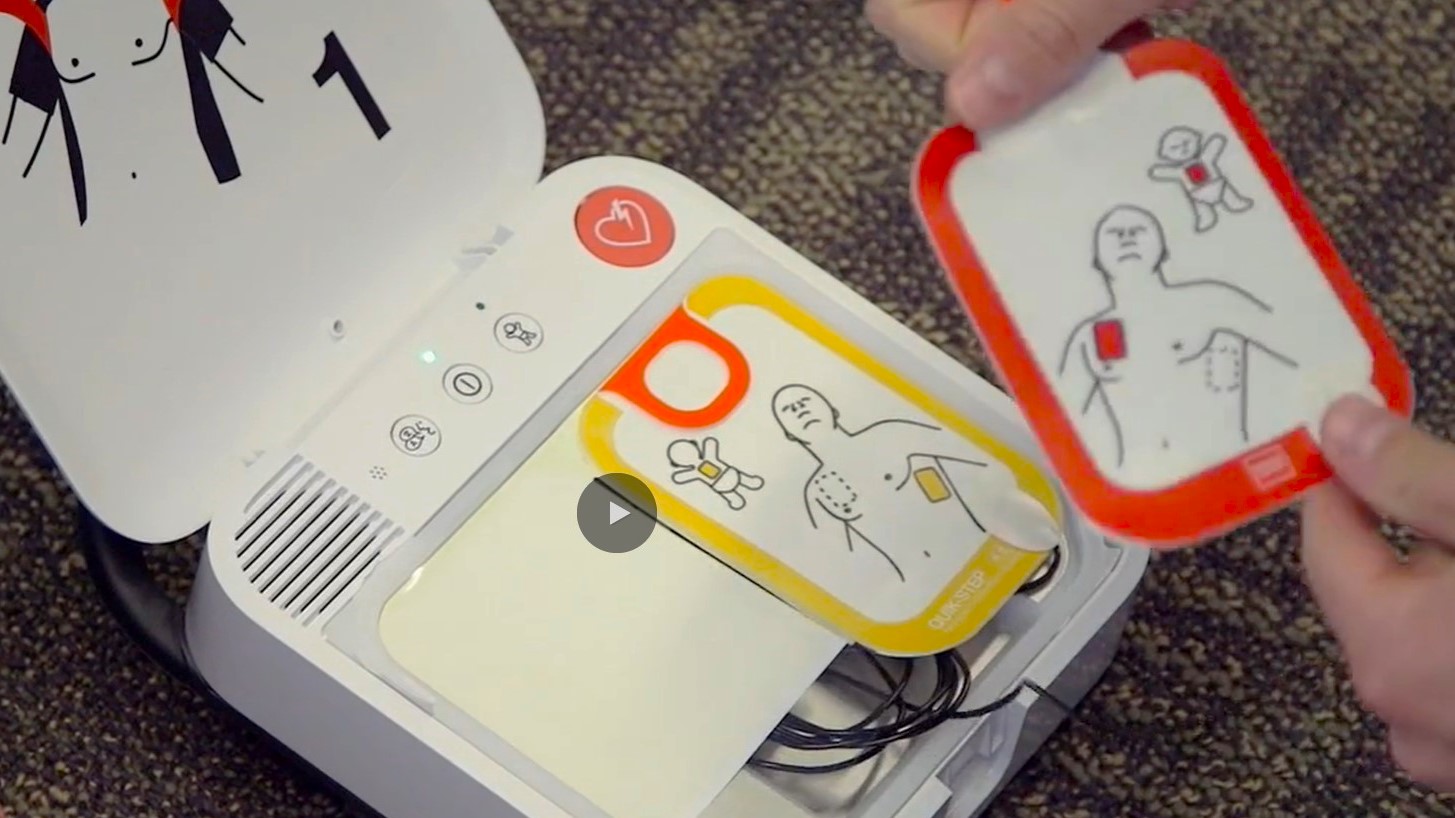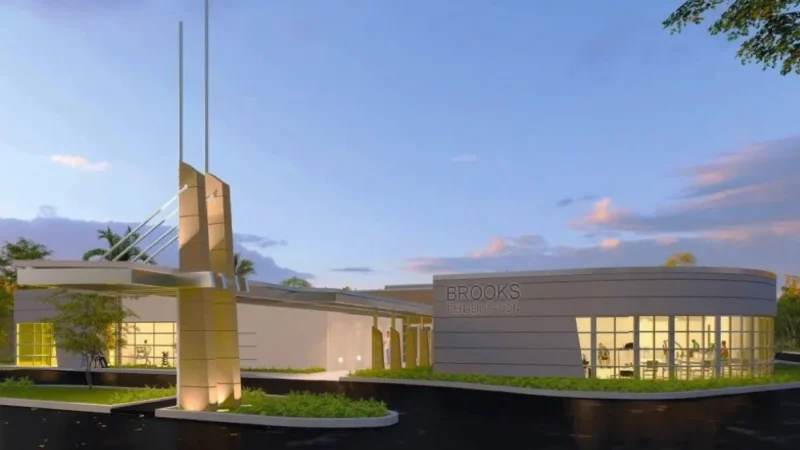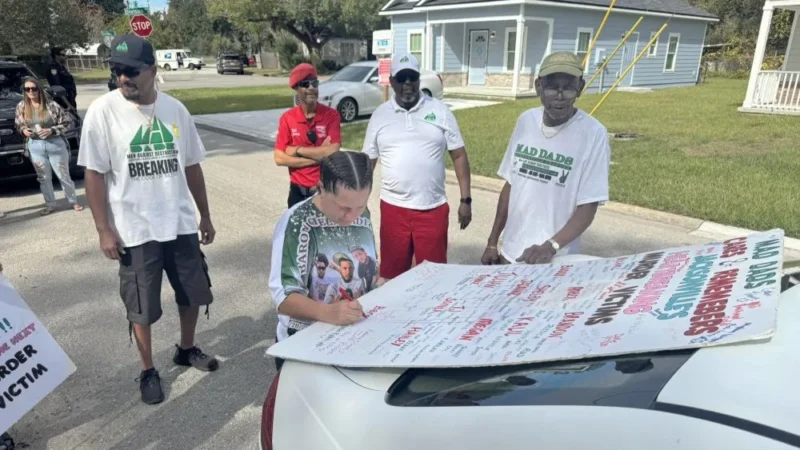More than 500 new defibrillators will be installed soon in Clay County, in public spaces like churches, parks, sports complexes and senior centers.
Money from the National Opioids Settlement will pay for the Automated External Difibrillators, known as AEDs.
An AED is a portable medical device that analyzes the heart’s rhythm and delivers an electrical shock if needed to help the heart reestablish a normal rhythm. They are most effective when used in the first few minutes after a sudden cardiac arrest.
The Clay County units also will contain doses of Narcan, which can save lives by reversing opioid overdoses that can lead to cardiac arrest.
Clay County will perform regular maintenance on the AEDs remotely, and each AED will be linked to the PulsePoint app, so users can find the nearest one when needed.
The AEDs have built-in software to alert if maintenance or batteries are needed. And do not think of taking one home, says Clay Fire and Rescue Paramedicine Bureau Chief Jairo Herrera.
“They geotrack, so when somebody uses it — say they don’t put it back where it goes — we will know where the AED is. If they vandalize it, take it to their home, we can find out the location. It’s got a wi-fi connection and cellular capability where we are able to monitor it wherever it is.”
The county is planning public training sessions on how to use AEDs and Narcan.







